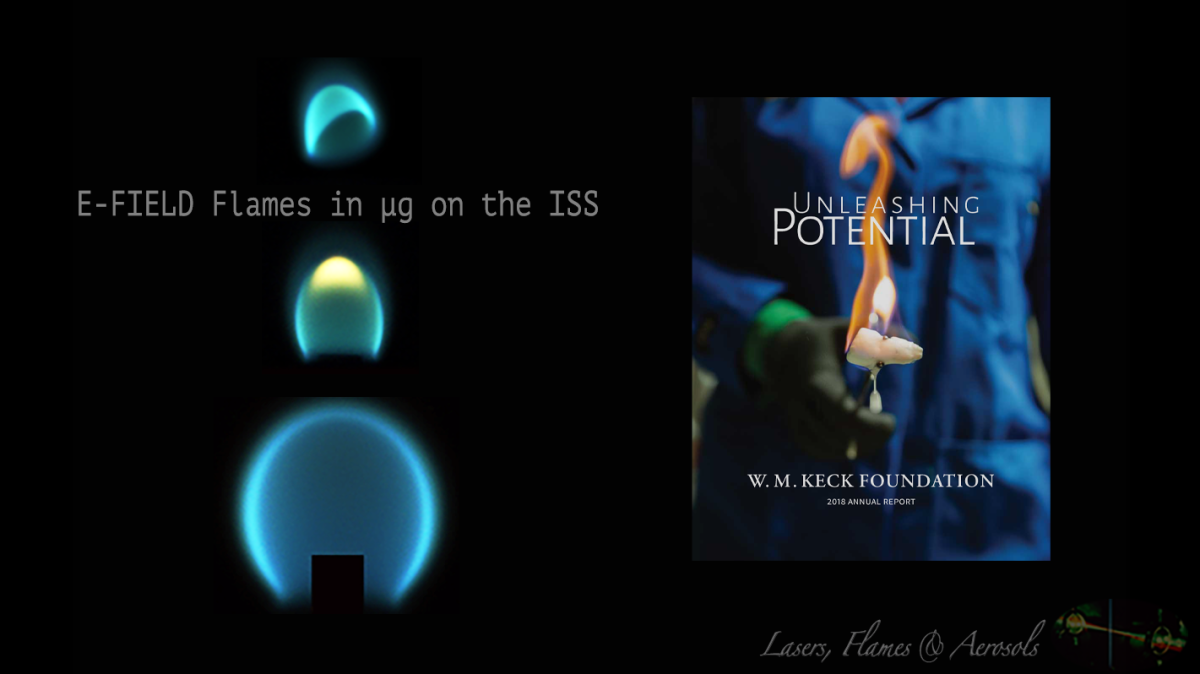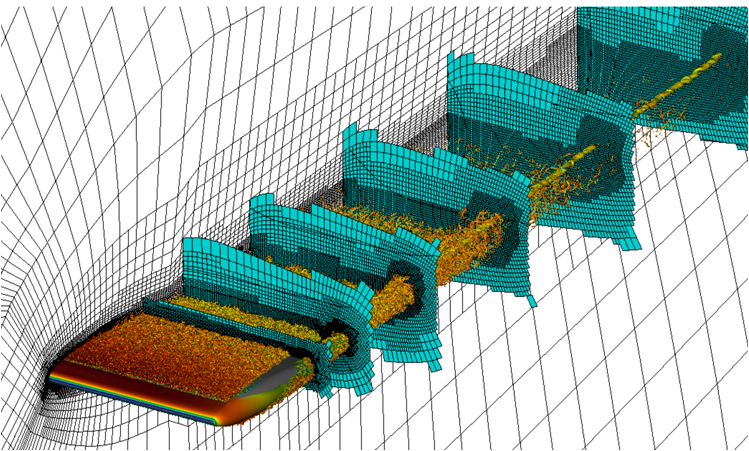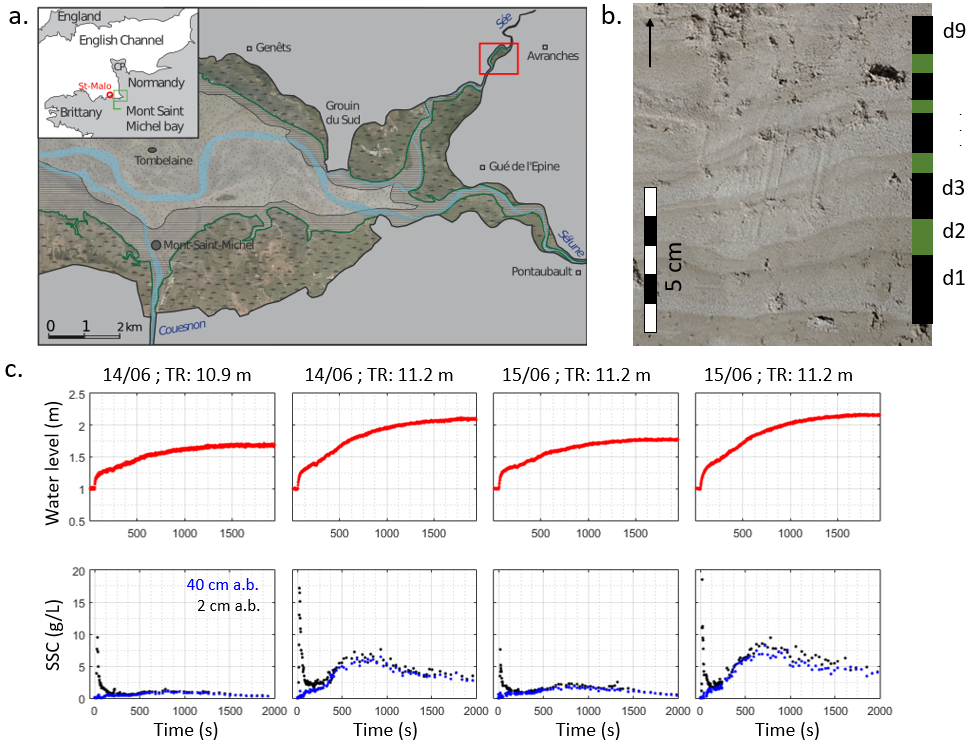The stability of soapy objects such as films, bubbles and foams has been studied widely because of the numerous applications concerning food industry, climate prediction or artistic utilization of giant bubbles.
It has been demonstrated that their stability is primarily affected by the thinning dynamics of the thin soap films. The drainage dynamics, which is the capillary or gravity driven flow in the liquid film has been widely investigated [1]. However, more recently, researchers also became interested in the influence of evaporation on this thinning dynamics [2,3].
In this seminar, I will show that, to describe bubble stability, evaporation must be taken into account as soon as the films are thin enough [4]. We will see that the bubble lifetime can be predicted by taking into account both the drainage and the evaporation to describe the thinning dynamics [2] and that this is all the more important concerning the stability of giant soap films. I will also esquisse some hypothesis concerning the influence of physical-chemistry on the film thinning and evaporation. This last result comes from a collaboration with bubbles artists, in which we developed a scientific approach to rationalize their best recipes.
[1] H. Lhuissier and E. Villermaux, J. Fluid Mech., 2012, 696, 5-44.
[2] J. Miguet, M. Pasquet, F. Rouyer, Y. Fang and E. Rio, Soft Matter, 2020, 16, 1082–1090.
[3] S. Poulain and L. Bourouiba, Phys. Rev. Lett., 2018, 121, 204502.
[3] A. Roux, A. Duchesne, M. Baudoin, Physical Review Fluids, 7(1), L011601,2022.
[4] Champougny, L., Miguet, J., Henaff, R., Restagno, F., Boulogne, F., Rio, E., Influence of evaporation on soap film rupture. Langmuir, 34(10), 3221-3227, 2018.








